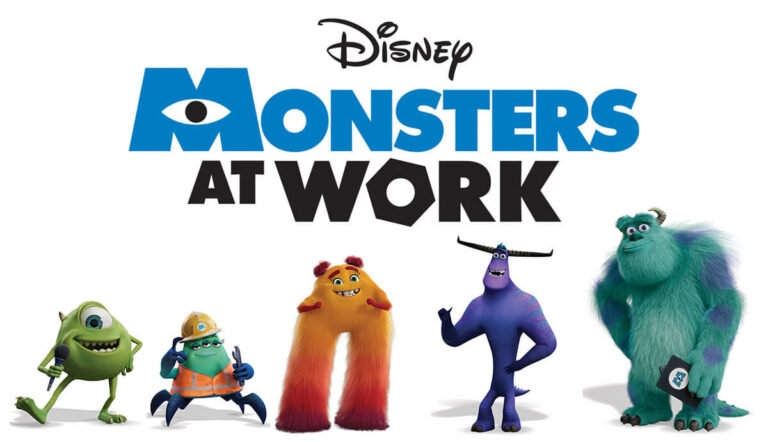Why Netflix’s ‘Resident Evil’ Failed To Impress The Audience?

Netflix released the latest attempt at a live-action adaptation of the Resident Evil franchise on July 14th. And the series quickly joined the pantheon of Resident Evil adaptations that have dissatisfied devoted viewers of the series. Netflix’s Resident Evil quickly distinguished itself from the competition by setting its story within the same timeline as its video game source material.
Unfortunately, when it comes to risky adaptations of long-running franchises like Resident Evil, critics and fans rarely agree. Following the mediocre reception of Welcome to Raccoon City in 2021, the Netflix show appeared to have nowhere to go but up.
This series on the other hand received only a 24 percent rating on Rotten Tomatoes and a 1.9 rating on MetaCritic. Most frustratingly, these scores would have been higher if obvious Resident Evil errors hadn’t occurred throughout the show’s eight episodes.
Netflix’s Resident Evil fails to impress the audience
One of the most fundamental flaws in Netflix’s Resident Evil is the scope and presentation of the outbreak. In its later timeline, the new streaming series goes big. Showcasing what a full global apocalypse looks like in the RE world. The earlier time period is shown through the eyes of two 14-year-old girls while focusing on the smaller-scale corruption of a single town.
While the shift in perspective and the variety of locations may appear appealing at first, they both contribute to Netflix’s misinterpretation of an important Resident Evil component. What makes Resident Evil work is its depiction of capable adult characters who become trapped by localized and increasingly overwhelming monstrosities.
Deviating from that by focusing on younger and less experienced characters, whose stories exist only in the bookends before and after the outbreak created an unnecessary gap between the source material and this adaptation.
After the reveal of Lance Reddick’s Albert Wesker, many fans expected a more accurate depiction of the RE video game universe. Wesker has been a franchise mainstay since 1996. And fans were intrigued to learn how Albert could possibly return after his death in the fifth mainline video game entry.
In the end, the key to Wesker’s Resident Evil survival was a bait-and-switch. While the true Wesker appears for a few minutes late in the series, the Albert who receives the most screen time is a clone who bears no resemblance to the character fans were hoping to see.
When so many of the core components and characters are dropped, it’s easy for an adaptation like Resident Evil to fail. Season two already promises the return of actual franchise alumni.
So this may have been a worthwhile long-term risk for Netflix. In the meantime, it’s unfortunate that no matter the medium, Resident Evil’s fan base has yet to see a proper live-action adaptation of the iconic horror experience.






